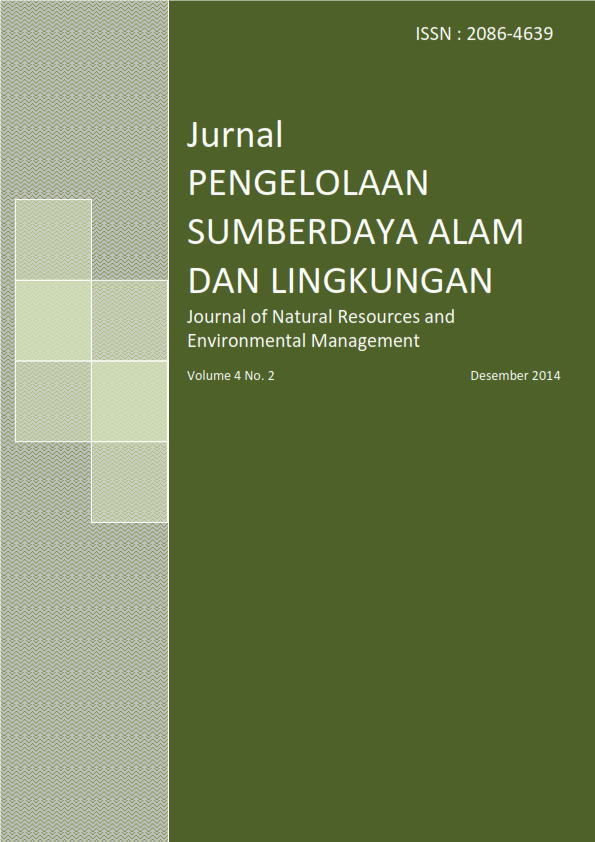DERAJAT BAHAYA PENGGUNAAN AIR ABU, BORAKS DAN FORMALIN PADA KULINER MIE ACEH YANG BEREDAR DI KOTA X PROVINSI ACEH TERHADAP MANUSIA
Abstract
Mie Aceh is the noodle that formulated with special spices and raw materials wet noodle. Mie Aceh greatly favored by the Aceh’s peoples. This research is conducted by using analysis of titrimetri, photometri and qualitative. The issue of using ash water, borax and formaldehyde of Mie Aceh which circulate at X’s City in Aceh province been examined. After interview with 10 respondents noodle manufacture in X’s City, there were three factors were identified that make them use “air abu” and formaldehyde. The three factors were economics factor, knowledge factor and the dough needs factor. Laboratory analysis was done to see the content of ash water, borax and formaldehyde in Mie Aceh. Theresults of the 25 samples (100%) containing ash water with sodium carbonate test indicators ranges from 0.22% b/b - 0.27 %b/b, borax test results of 25 samples of noodles (100%) showed a negative result. Formalin test on 25 samples showed that positive test results (100%) of formaldehyde content of each sample was >4 mg/L. The results show that Mie Aceh circulating in X’s City was less safe for consumption and dangerous for public health.
Keywords : Ash water, borax, formalin, mie Aceh, wet noodles
Authors
Authors who publish with this journal agree to the following terms:
- Authors retain copyright and grant the journal right of first publication with the work simultaneously licensed under a Creative Commons Attribution License that allows others to share the work with an acknowledgement of the work's authorship and initial publication in this journal.
- Authors are able to enter into separate, additional contractual arrangements for the non-exclusive distribution of the journal's published version of the work (e.g., post it to an institutional repository or publish it in a book), with an acknowledgement of its initial publication in this journal.
- Authors are permitted and encouraged to post their work online (e.g., in institutional repositories or on their website) prior to and during the submission process, as it can lead to productive exchanges, as well as earlier and greater citation of published work (See The Effect of Open Access).






